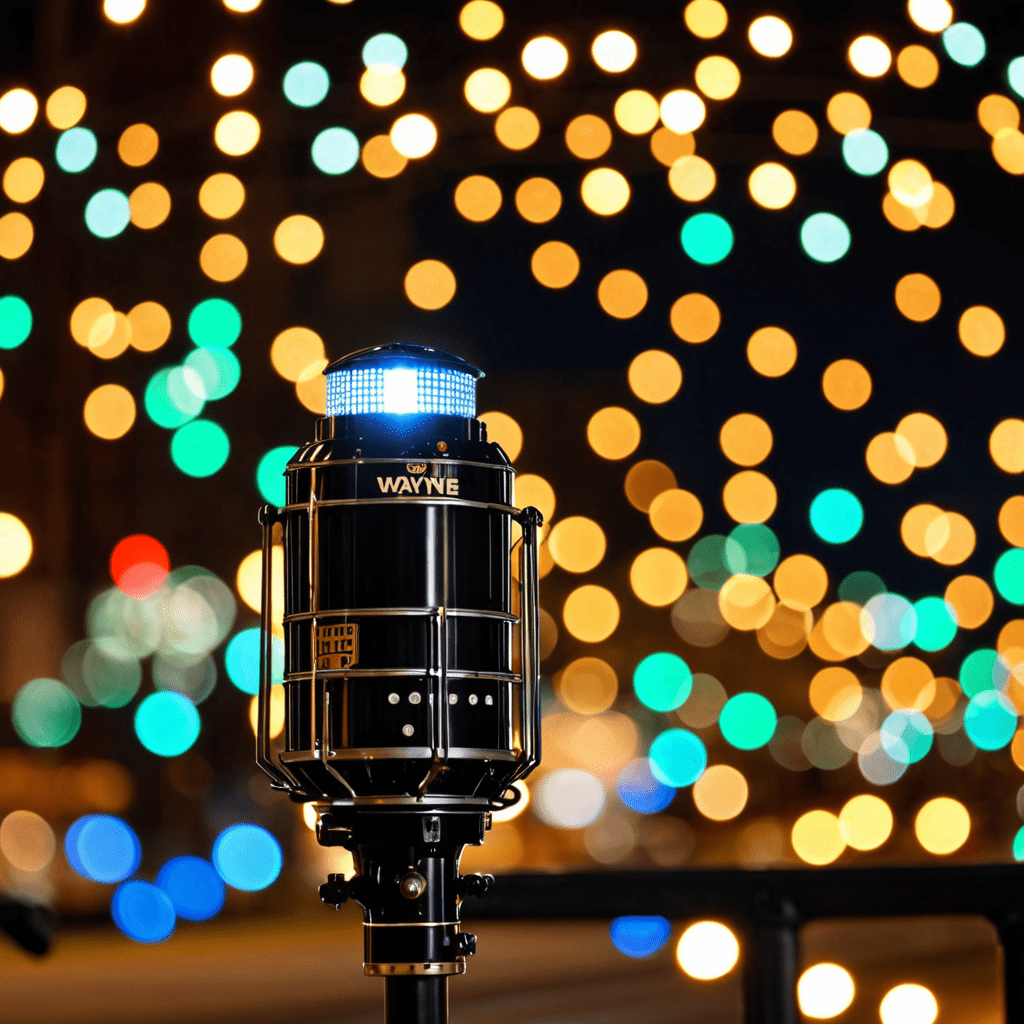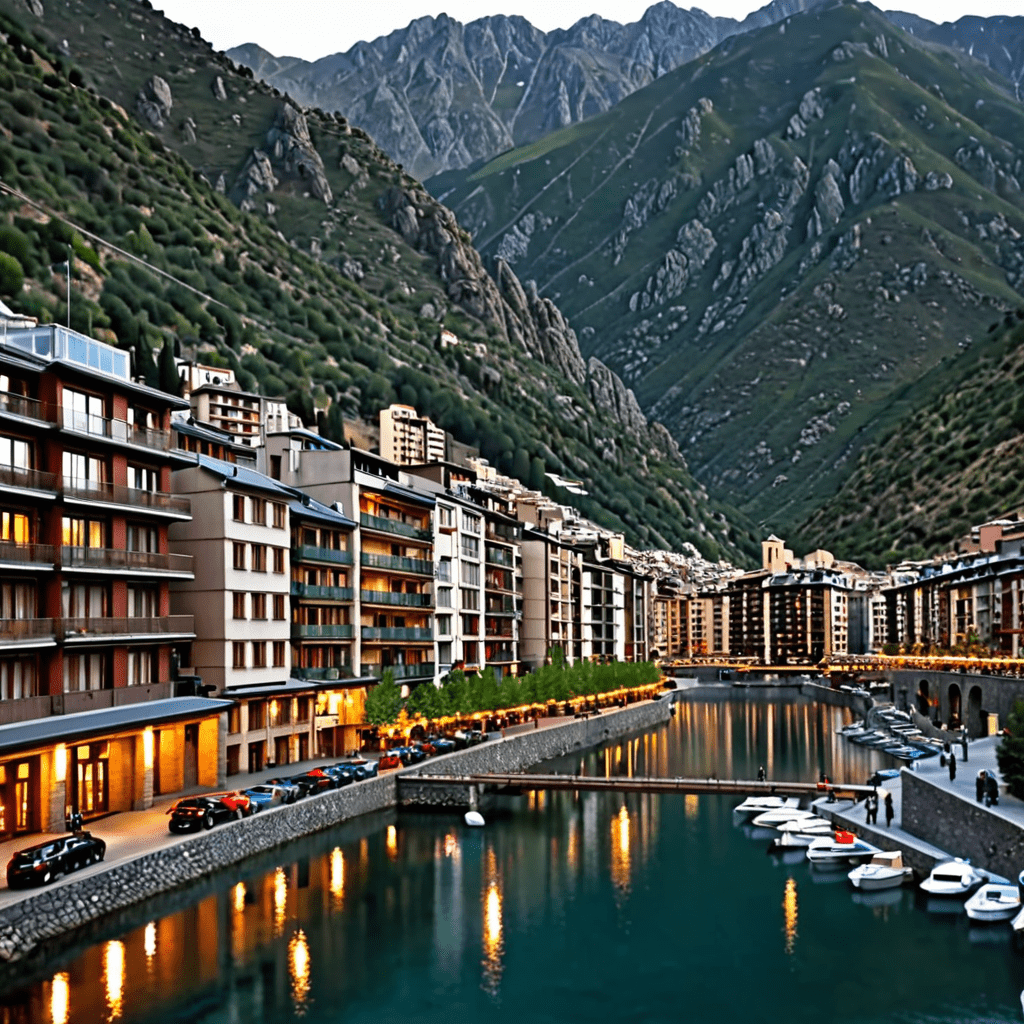1. Introduction: The Enchanting Inagua Islands
Nestled amidst the turquoise waters of the Bahamas, the Inagua Islands await discovery as a secluded haven of natural and cultural wonders. With pristine beaches, lush mangroves, and a diverse wildlife sanctuary, these islands offer an unforgettable getaway for adventurers and nature enthusiasts alike. As you embark on your journey to the Inagua Islands, immerse yourself in a tapestry of history, exploration, and breathtaking natural beauty.
2. Historical Significance: A Legacy of Salt and Explorers
The Inagua Islands have long held strategic importance, serving as a hub for salt production during the colonial era. The Morton Salt Company established a major salt operation on Great Inagua, leaving a lasting mark on the islands' history. Today, the remains of the saltworks stand as a testament to the island's industrial past. Additionally, the Inagua Islands have been a stepping stone for explorers, including Christopher Columbus, who landed on Great Inagua in 1492.
3. Natural Wonders: Pristine Beaches and Lush Mangroves
The Inagua Islands boast stunning beaches that stretch for miles, inviting you to bask in the warm Bahamian sun. From the powdery sands of Great Inagua to the secluded coves of Little Inagua, each beach offers a unique charm. Beyond the beaches, the islands are adorned with vast expanses of mangroves, creating a vibrant ecosystem that supports a rich diversity of marine life. The mangroves provide shelter to juvenile fish and serve as nesting grounds for numerous bird species.
4. Wildlife Sanctuary: Home to the Endangered Inagua Flamingo
The Inagua Islands are renowned for being a sanctuary for the endangered Inagua flamingo. These vibrant pink birds can be seen congregating in large flocks in the shallow waters of the islands, creating a spectacle that is not to be missed. The Inagua National Park, located on Great Inagua, provides protection for these magnificent creatures and their habitat. Observing the Inagua flamingo in their natural environment is a truly unforgettable wildlife experience.
5. Birdwatching Paradise: A Symphony of Avian Delights
The Inagua Islands are a birdwatcher's paradise, with over 200 species recorded, including migratory birds that pass through during spring and fall. Aside from the iconic flamingo, visitors can spot a wide array of birds, including pelicans, ospreys, frigatebirds, and herons. The islands provide a unique opportunity to observe these feathered wonders in their natural habitats, creating a symphony of sound and color that fills the air.
6. Exploring Inagua Town: A Cultural Immersion
Inagua Town, the main settlement on Great Inagua, offers a glimpse into the rich cultural heritage of the islands. Visit the historic churches, including the Inagua All-Age School, built in 1895, and the Inagua Union Baptist Church, which dates back to 1905. Engage with the friendly locals and learn about their way of life, preserving Bahamian traditions and folklore. Immerse yourself in the vibrant culture of the Inagua Islands through its people, history, and customs.
7. Union Creek Park: A Tranquil Oasis
Union Creek Park, located on Great Inagua, is a serene oasis that offers respite from the sun and adventure. The park features lush vegetation, picnic areas, and a playground, providing a perfect spot for relaxation and family fun. Take a leisurely walk along the scenic trails, surrounded by the tranquil beauty of nature. Union Creek Park is an ideal place to connect with the tranquility of the Inagua Islands and create lasting memories.
8. Snorkeling and Diving: Discovering Underwater Treasures
The waters surrounding the Inagua Islands are a snorkeling and diving paradise. Explore the vibrant coral reefs teeming with colorful marine life, including tropical fish, sea turtles, and graceful rays. Dive into the depths and discover underwater caves, shipwrecks, and mesmerizing underwater landscapes. The clear visibility and calm waters make snorkeling and diving in the Inagua Islands an unforgettable experience.
9. Sustainable Tourism: Preserving the Islands' Beauty
The Inagua Islands are committed to sustainable tourism practices that preserve the pristine beauty of the islands for future generations. Support local businesses that prioritize eco-friendly practices and minimize their environmental impact. Respect the natural environment by following designated trails, avoiding littering, and protecting wildlife. Embrace the principles of sustainable tourism and contribute to the conservation of the Inagua Islands' delicate ecosystem.
10. Planning Your Visit: Essential Tips for Adventurers
Planning a trip to the Inagua Islands is an exciting adventure. Consider visiting during the spring or fall for optimal weather conditions. Book your flights and accommodations in advance, especially if traveling during peak season. Pack light clothing, sunscreen, insect repellent, and a reusable water bottle. Be prepared for limited access to amenities, so bring any necessary supplies. Embrace the unique charm of the Inagua Islands, respect local customs, and leave only footprints behind.
Frequently Asked Questions (FAQs)
Q: How do I get to the Inagua Islands?
A: The Inagua Islands are accessible by plane via the Inagua Airport (IGA) on Great Inagua. There are regular flights from Nassau and other major cities in the Bahamas.
Q: Where can I stay on the Inagua Islands?
A: There are limited accommodation options on the Inagua Islands. Consider Inagua Oceanfront Villas, Matthew Town Cottages, or guesthouses in Inagua Town.
Q: What activities can I enjoy on the Inagua Islands?
A: The Inagua Islands offer a range of activities, including birdwatching, snorkeling, diving, beach exploration, and cultural immersion.
Q: Is it safe to travel to the Inagua Islands?
A: The Inagua Islands are generally considered safe for tourists. However, always practice caution and common sense, as with any travel destination.


